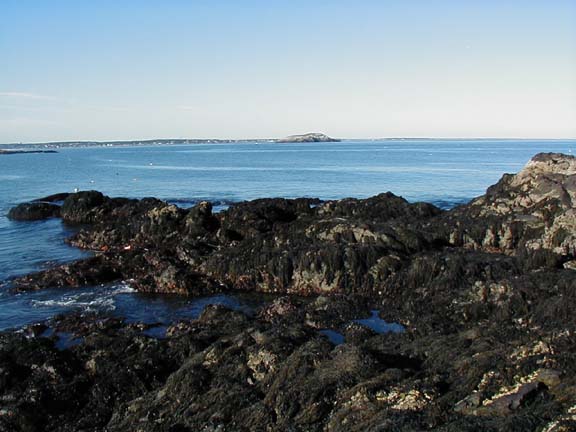BIOL 331. Marine Biology. Lecture 3 hours; 3 credits. A survey of the variety, ecology, and adaptations of marine organisms. The course is designed to broadly introduce students to life in the oceans and the many special features of marine species that have evolved in the earth’s oldest and most extensive ecosystem.
BIOL  424/524. Comparative Animal Physiology. Lecture 3 hours; laboratory 4 hours; 5 credits. An introduction to the basic mechanisms by which different animals function. How organisms acquire and use energy, regulate their internal environment, circulate and exchange gases and wastes, receive and conduct information about their environment, and move and use muscles will be some of the topics covered. Emphasis will be place on how organisms make changes in these basic mechanisms to deal with differing environmental conditions.
424/524. Comparative Animal Physiology. Lecture 3 hours; laboratory 4 hours; 5 credits. An introduction to the basic mechanisms by which different animals function. How organisms acquire and use energy, regulate their internal environment, circulate and exchange gases and wastes, receive and conduct information about their environment, and move and use muscles will be some of the topics covered. Emphasis will be place on how organisms make changes in these basic mechanisms to deal with differing environmental conditions.
BIOL 428/528. Physiological Ecology of Animals. Lecture 3 hours; 3 credits. An integrative  approach to understanding how animals function in and respond to their natural environment. Adaptations by a variety of invertebrate and vertebrates to marine, coastal/estuarine, freshwater, terrestrial, and parasitic environments will be covered. Responses of intertidal organisms to periodic aerial and aquatic exposure, osmotic stress on crustaceans in brackish waters, sensory adaptations in freshwater fish, thermal regulation by reptiles in desert climates, and respiratory adaptation by parasites are among the topics that will be discussed.
approach to understanding how animals function in and respond to their natural environment. Adaptations by a variety of invertebrate and vertebrates to marine, coastal/estuarine, freshwater, terrestrial, and parasitic environments will be covered. Responses of intertidal organisms to periodic aerial and aquatic exposure, osmotic stress on crustaceans in brackish waters, sensory adaptations in freshwater fish, thermal regulation by reptiles in desert climates, and respiratory adaptation by parasites are among the topics that will be discussed.

BIOL 446/546. Comparative Biomechanics. Lecture 3 hours; 3 credits. The principles of fluid and solid mechanics will be applied to a variety of plant and animal systems to understand how organisms deal with the immediate physical world and its accompanying constraints. A diverse range of topics will be covered, including aerial flight in insects, wind resistance in trees, jet propulsion in squid, flow within blood vessels, forces on intertidal organisms, viscoelasticity in biological materials, and energy storage during terrestrial movement.

